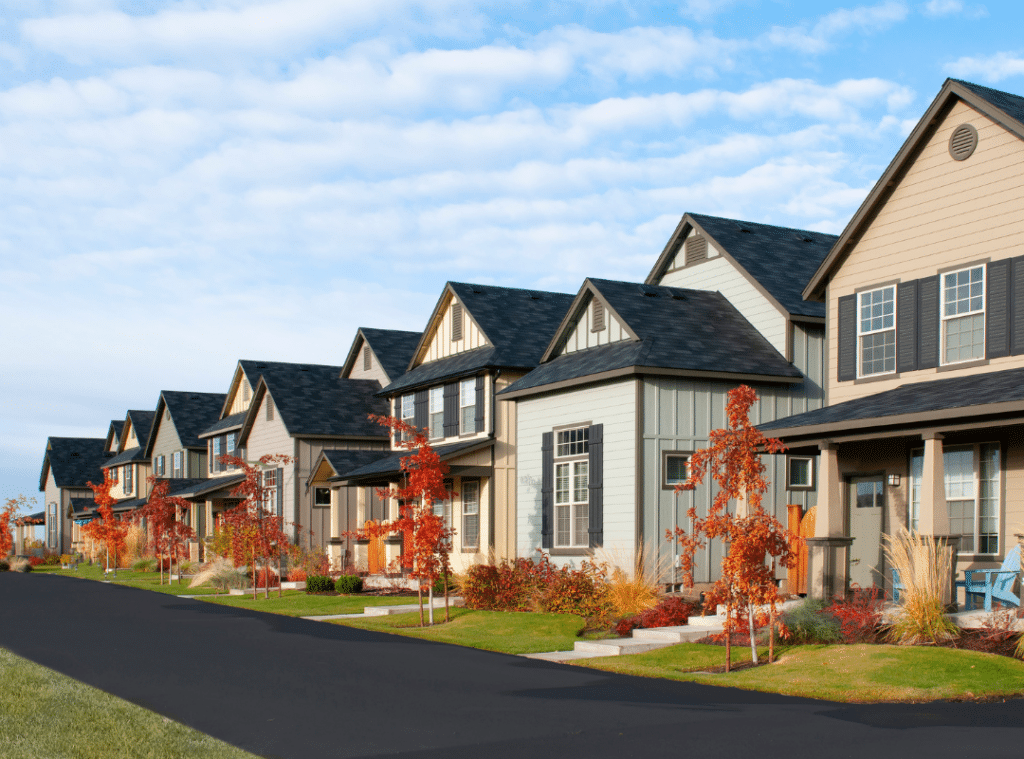Group Homes in San Diego: Helping the Elderly Thrive and Connect
Imagine a place where individuals with disabilities can flourish, much like a garden nurtured by attentive hands. At Westmont Living in San Diego, group homes provide crucial support, fostering independence and community connections.
These homes offer tailored care, ensuring each resident receives the attention they deserve. But what truly sets these environments apart?
Understanding the various types of group homes and how to find the right fit for loved ones at Westmont Living can make a significant difference.
Comprehensive Guide to Group Homes in San Diego for Disabled Adults
Finding the right group home for disabled adults in San Diego can feel overwhelming, but it’s an essential step toward fostering independence and community. Start by identifying your loved one’s unique needs, preferences, and goals—research various facilities, focusing on their staff qualifications, safety measures, and available programs. Visit potential homes to assess their environment and interact with caregivers and residents. Pay attention to how staff engage with individuals; it speaks volumes about the community’s spirit. Don’t hesitate to ask questions about daily activities, support services, and social opportunities, as these elements are imperative for well-being. Additionally, consider how each facility’s tailored care plans can enhance your loved one’s overall quality of life. Remember, you’re advocating for a place where your loved one can thrive, so take your time to find a home that truly resonates with their needs.
What Is a Group Home for Adults? Understanding the Basics
Group homes for adults are supportive living environments designed to foster independence while providing essential care and assistance. These homes offer a nurturing space for individuals needing help with daily activities, socialization, or emotional support. In a group home, residents share living spaces, forming a sense of community that encourages connection and collaboration. Trained staff members are available around the clock, ensuring that each person’s unique needs are met. Group homes help residents build confidence and thrive by promoting autonomy and life skills.
Additionally, like assisted living, group homes balance the need for care with the desire for independence. If you’re passionate about empowering individuals and creating a warm, inclusive atmosphere, understanding the role of group homes is crucial. Together, we can enhance the quality of life for those in our care.
Group Homes for Adults with Disabilities in California: A Complete Overview
When you consider the diverse needs of adults with disabilities in California, group homes emerge as essential resources that provide not only shelter but also a supportive community. These homes offer a safe environment where individuals can thrive, surrounded by caring staff and peers who understand their challenges. Group homes promote independence while ensuring residents have access to necessary support services. They encourage social interactions, skill development, and personal growth, fostering a sense of belonging. Furthermore, these homes often collaborate with local organizations to enhance residents’ opportunities for engagement in the broader community. By supporting group homes, you’re helping create a more inclusive society where adults with disabilities can lead fulfilling lives. Additionally, personalized care is crucial in meeting each resident’s unique needs and preferences, contributing to their overall well-being and happiness.
Exploring Different Types of Group Homes in California
California offers a variety of group home options tailored to meet the unique needs of adults with disabilities. Understanding these options can help you advocate for the best living situation. Here are three common types:
- Residential Care Facilities: These homes provide 24/7 support and are ideal for individuals needing assistance with daily activities. They often include personalized care services that cater to the specific needs of residents.
- Supported Living Programs: Here, individuals live independently with support services tailored to their needs.
- Transitional Housing: This option helps individuals develop skills necessary for independent living, often targeting those moving from institutional settings.

Housing for Disabled Adults in San Diego: Finding the Right Fit
Finding the proper housing for disabled adults in San Diego can feel overwhelming, but knowing your options makes the process smoother. Start by evaluating individual needs, like accessibility, support services, and community involvement. Look for group homes that offer personalized care, fostering independence and connection.
Engage with local organizations specializing in housing for disabled adults; they can provide valuable resources and insights. Don’t hesitate to visit potential homes; seeing the environment and meeting staff can make a significant difference.
In a world that often overlooks the needs of individuals with disabilities, group homes in San Diego, such as those offered by Westmont Living, emerge as unexpected havens of support and connection. Ironically, it’s within these nurturing environments that many find the independence they’ve long sought. By fostering skill development and community engagement, these homes help residents thrive and challenge societal norms about capability. So, as you explore options, remember: sometimes, true freedom lies in the embrace of a caring community. For more information, you can reach Westmont Living at 858-456-1233.
Discover the level of care you or your family member requires.What Level of Care Do You Need?
Frequently Asked Questions
How much does a group home cost per month?
The cost of a group home varies depending on the location, level of care provided, and amenities offered. Group homes can range from $2,000 to $7,000 per month. Some group homes accept Medicaid or other financial assistance programs, which can help lower the cost. It’s important to research specific homes in your area to compare pricing and services.
What are group homes called now?
Group homes are often referred to by different names depending on the type of care they provide. Standard terms include Adult Foster Homes, Residential Care Homes, Assisted Living Homes, or Board and Care Homes. These homes offer a more intimate setting than extensive assisted living facilities and typically serve a few residents. The terminology may also vary by state or regulatory agency.
What are the disadvantages of a group home?
While group homes provide a more personalized and home-like environment, they also have disadvantages. Residents may have less independence than living alone, and the level of care may not be as extensive as in skilled nursing facilities. Additionally, the small size of a group home means fewer social opportunities and amenities compared to larger senior living communities. Limited staff availability can also be a concern, especially for individuals needing high medical care.
Are group homes cheaper than nursing homes?
Yes, group homes are generally more affordable than nursing homes. Nursing homes provide 24/7 medical care, which makes them significantly more expensive, with costs often exceeding $8,000 per month. In contrast, group homes focus on assistance with daily living activities rather than intensive medical care, making them a more budget-friendly option for individuals who do not require round-the-clock nursing supervision. However, costs can still vary based on the level of care and location.









